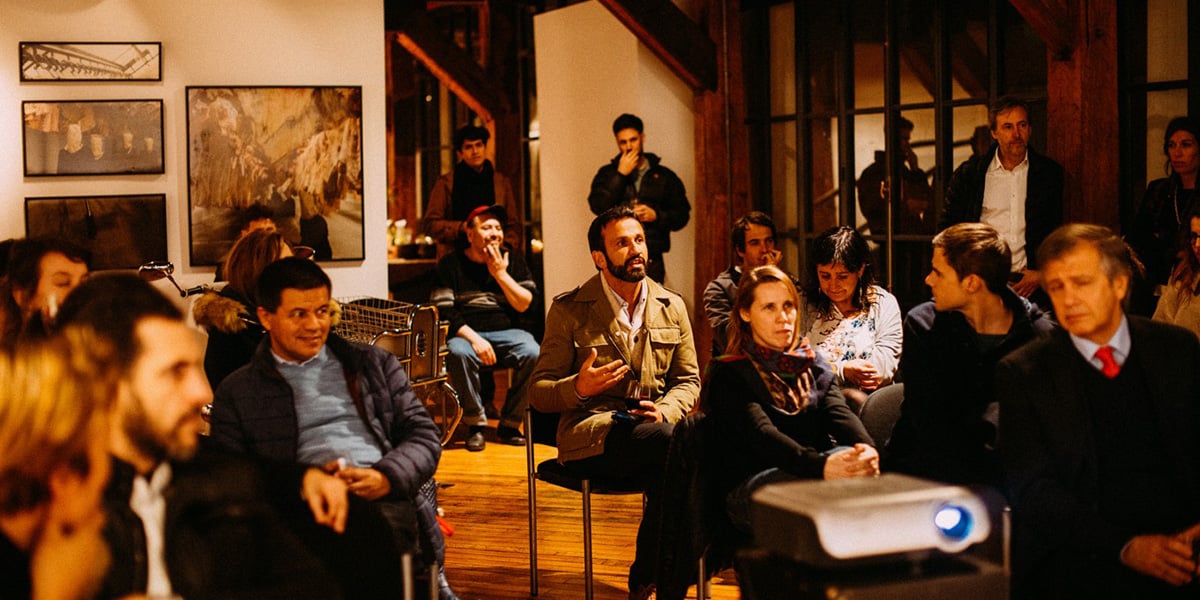
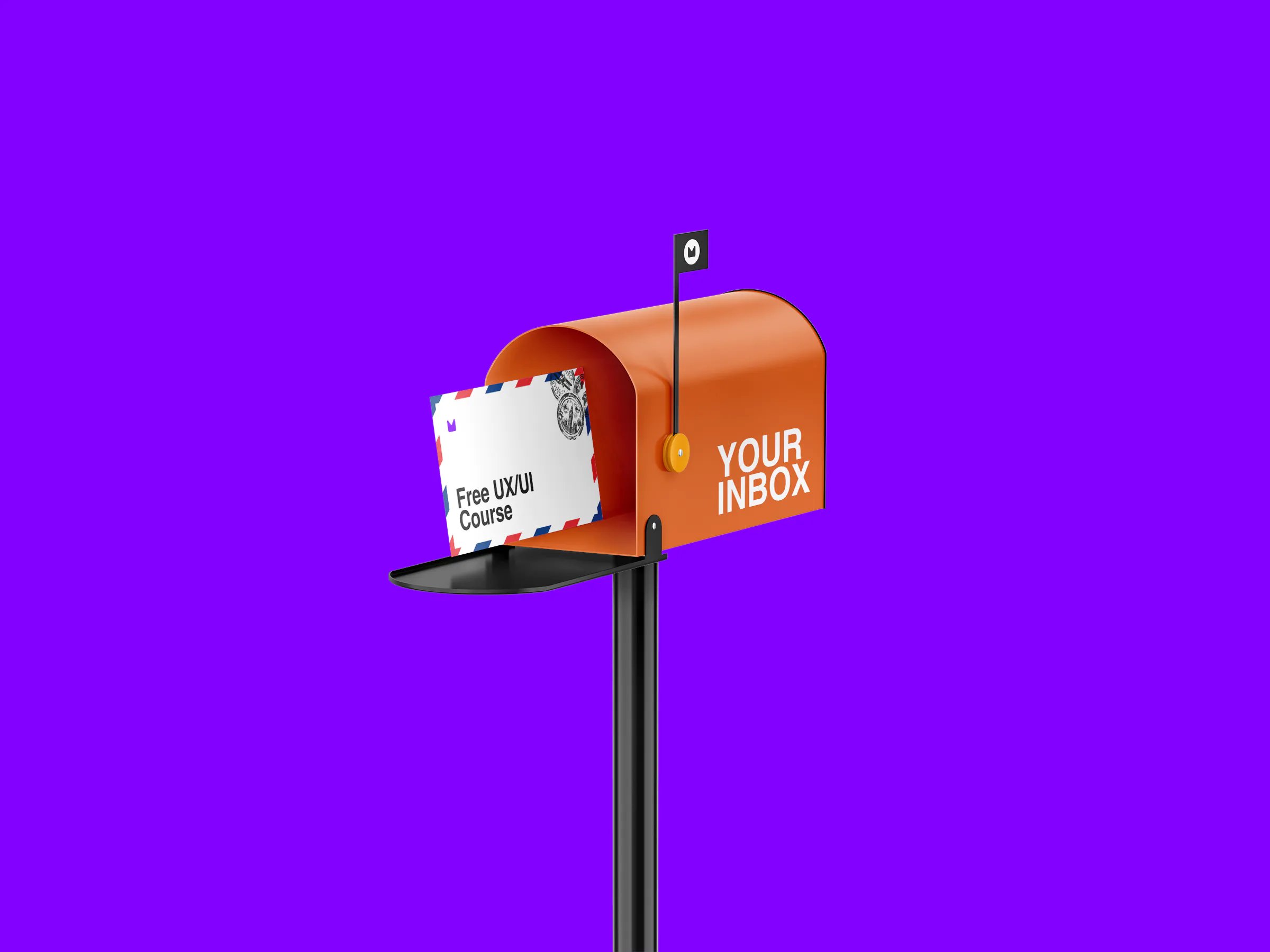
Get a Free UX/UI Course in Your Inbox Every Day for 15 Days
By the end of this three-week crash course, you'll have a much better understanding of the tech industry, the design craft, and all the knowledge you need to start building your career.

Get a Free UX/UI Course in Your Inbox Every Day for 15 Days
By the end of this three-week crash course, you'll have a much better understanding of the tech industry, the design craft, and all the knowledge you need to start building your career.

When UX Designers talk about research, they either love it or hate it. There is no in-between. Maybe the ones who love to do it but hate showing the results of their work. Even if you and your research were love at first sight, it’s still challenging to show your findings to someone else.
Wearing the hat of a UX researcher for a while in my last projects and working closely with my team to show our work to the client, I put together some key aspects that made my clients nod in approval and say, “Amazing job!” at the end. So let’s take them one by one.
In other words, which I’m sure you have already heard before: tailor your presentation to your audience. Are you showing your research work to your colleagues, product manager, or clients? While your fellow Designers will know what Affinity Mapping is or where the difference between usability and concept testing stands, some of your clients might not. Distracting them from the results by throwing concepts and methods at them will weaken the impact of your findings.
If you do need to talk about the methods you have used, make sure you provide context and avoid Design jargon as much as possible.
It’s easy to get excited about your research findings and forget about the starting point, especially when you’ve been doing it for some time now. For you, it might be a natural step in your work, but for the people who hired you to help them with their problems, it’s essential to tell them why you did the research in the first place. What stopped you from going straight into the design? If you went with interviews instead of surveys, what was the reason behind your decision? Was it financial, or was it because you needed insights on something specific?
Before diving into the project specifics and findings, I always include a slide about the “Why?”. It makes your audience more interested and puts their minds at ease, which will result in long-term trust, better alignment, and more impact.
I’ve talked about meetings in one of my previous articles. I strongly believe that updates or information can and should be shared asynchronously. The role of meetings and presenting findings should be to get everyone on the same page and make a decision together.
This applies to research presentations as well. You can easily share the summary of the results in a deck via Slack or the communication channel of choice. Getting everyone in a meeting should be about more than just numbers recital. It should be about bringing minds together and facilitating decision making.
So instead of simply presenting data, talk about how the data impacts the design, the future of the product, and how you are making sure you align changes with the product vision.
I usually structure my presentation into three parts: introduction (remember the “Why”?), data and insights, and impact on design. Let’s assume I started doing interviews to learn about people’s behavior regarding finances, as we decided we lacked understanding and were doing work based on assumptions. I’ve just found out that people don’t like to keep their eggs in one basket. Instead of saying this and moving on to the following insight, I take some time to propose some suggestions for my design: multiple accounts, savings, and various security measures. Recommendations don’t need to be set in stone or high-fidelity. A sketch or even two keywords are enough. It’s all about combining your expertise as a Designer with the insights you’ve just gathered into a compelling design decision.
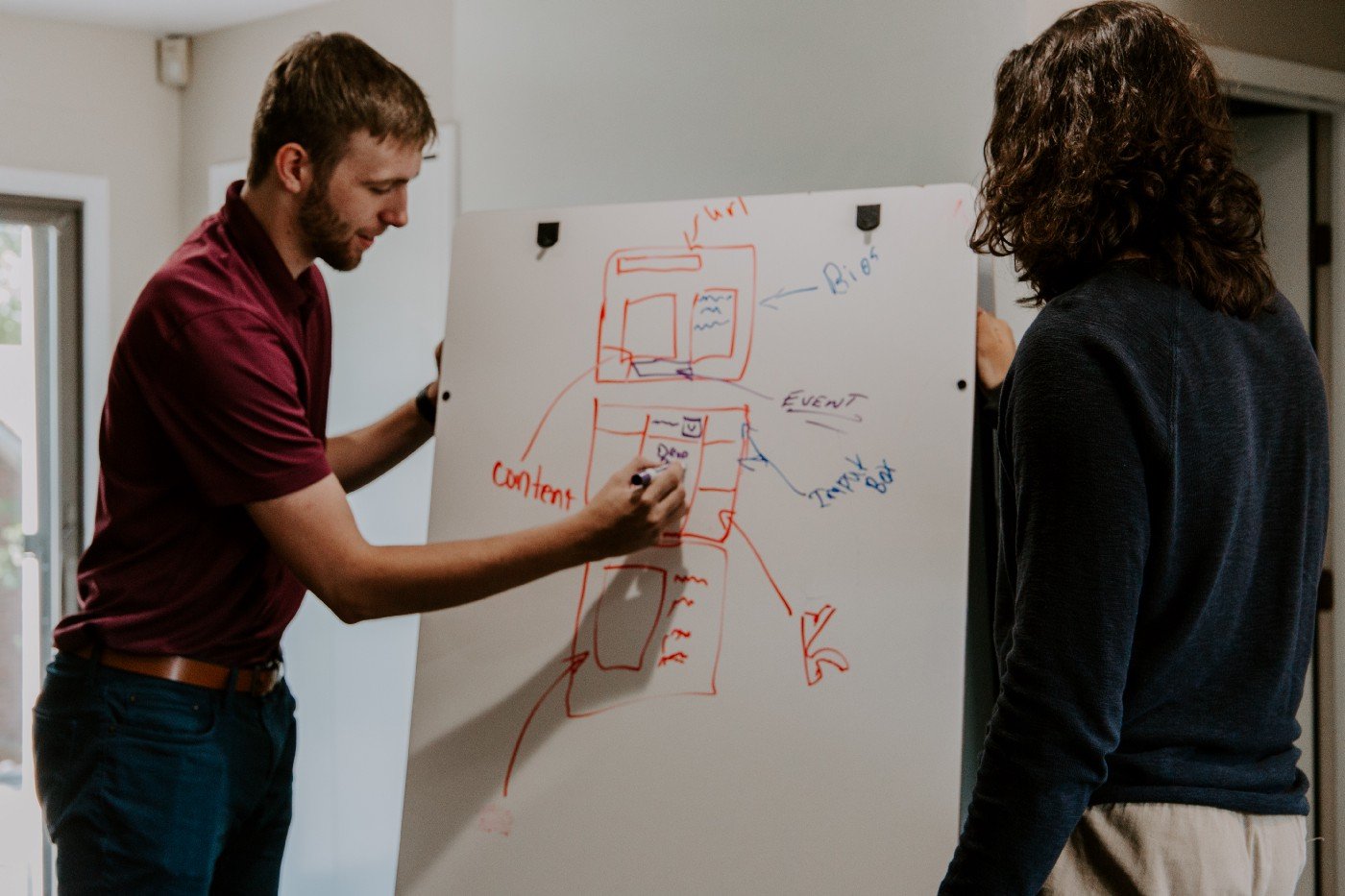
In one of my recent projects, we scheduled a meeting with the client to review our research insights. We’ve done a lot of interviews, surveys, and competitive analysis, so even choosing three main insights from each stage, the deck was still getting close to a hundred pages. Time was limited, and I was excited to showcase our work. I was prepared, I had rehearsed everything, and things were going great. However, I noticed people were starting to get distracted, look at their phones, or come back to previous topics.
While talking with my team after, I asked for feedback. Without realizing it, I blazed through the slides during the presentation, thinking everything was clear and excited to get to the part where we planned to discuss the next steps. I’ve learned to slow down and offer people the opportunity to ask questions. This will help them clarify any uncertainty and allow them to focus more on your next topic on the agenda. Interruptions will be rare and the presentation more impactful, as people will have the necessary mental space to focus on what you are showing them.
When presenting research results, one of the most uncomfortable situations is when your users manage to invalidate your clients’ assumptions. How can you tell your clients who are excited about a new feature that users don’t see any value in it, and it doesn’t solve any problem?
By being honest and straightforward, trusting your results. As an informed advisor, don’t break the bad news and return to business as usual. A Designer sees an opportunity in unvalidated assumptions and turns them into goldmines. Maybe this feature doesn’t work now, but how about making it different? What can we do to make it useful or easier to understand? To what extent should we offer users control over it, and what should we postpone?
Your role is not to present numbers; it’s to make them work for you and your product. Maybe this feature is not the way to go, but what other problem did we discover that we can tackle?
How would you feel if you would go with a problem to customer support and the customer specialist hung up with no solution whatsoever? Don’t hang up on your product; use your expertise to find alternatives.
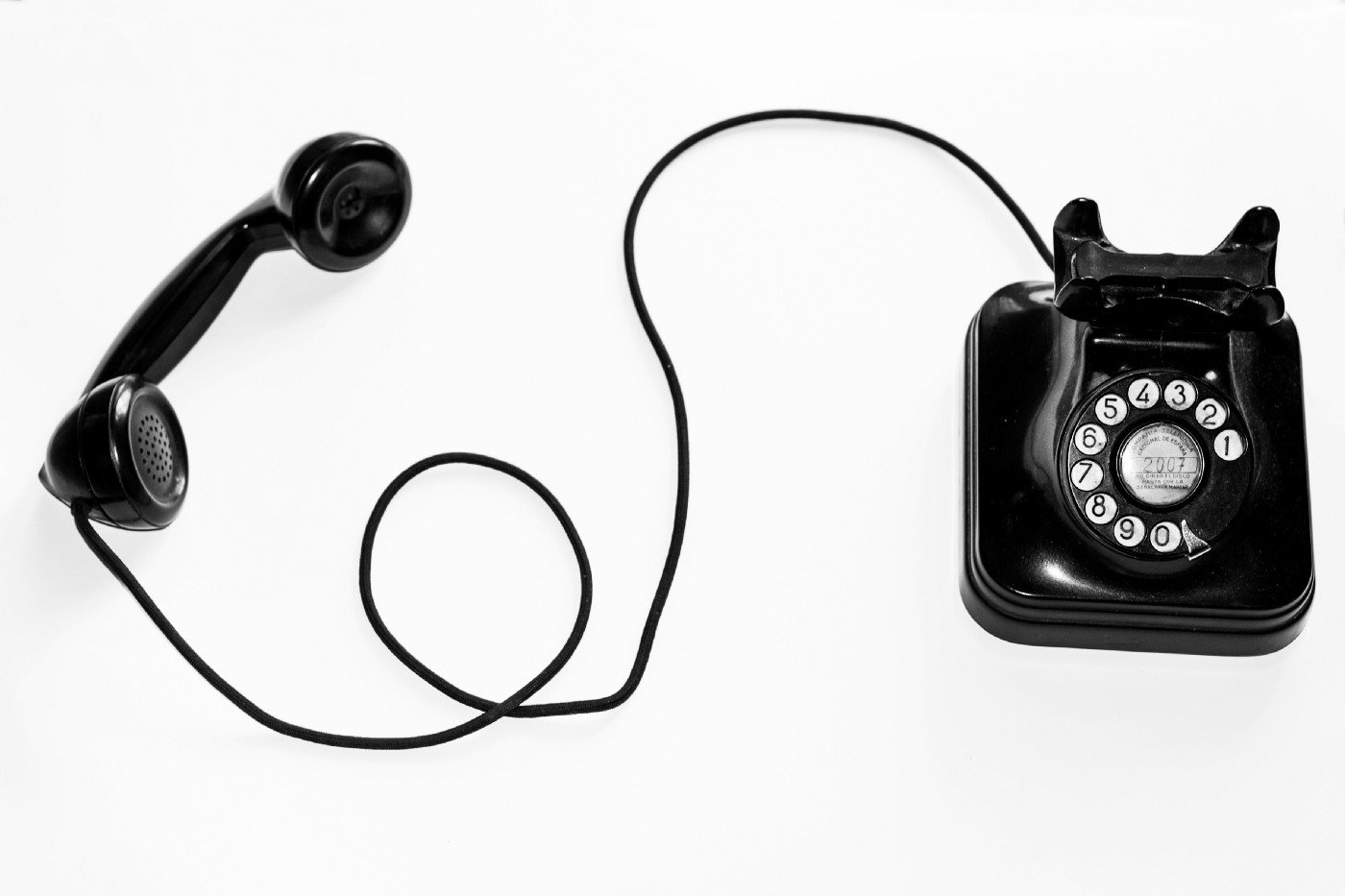
Don’t be afraid of humor or trivial examples — they can help make sense of more complex insights and topics and lighten up the mood. Out-of-the-box thinking was rarely (or never) the result of watching strings of data on a monitor.
If you have funny stories from your interviews, it’s good to share them. If you loved what users said, include their quotes. You can also add images or illustrations — your participants will remember your presentation much longer after they exit the meeting room (or end the zoom call).
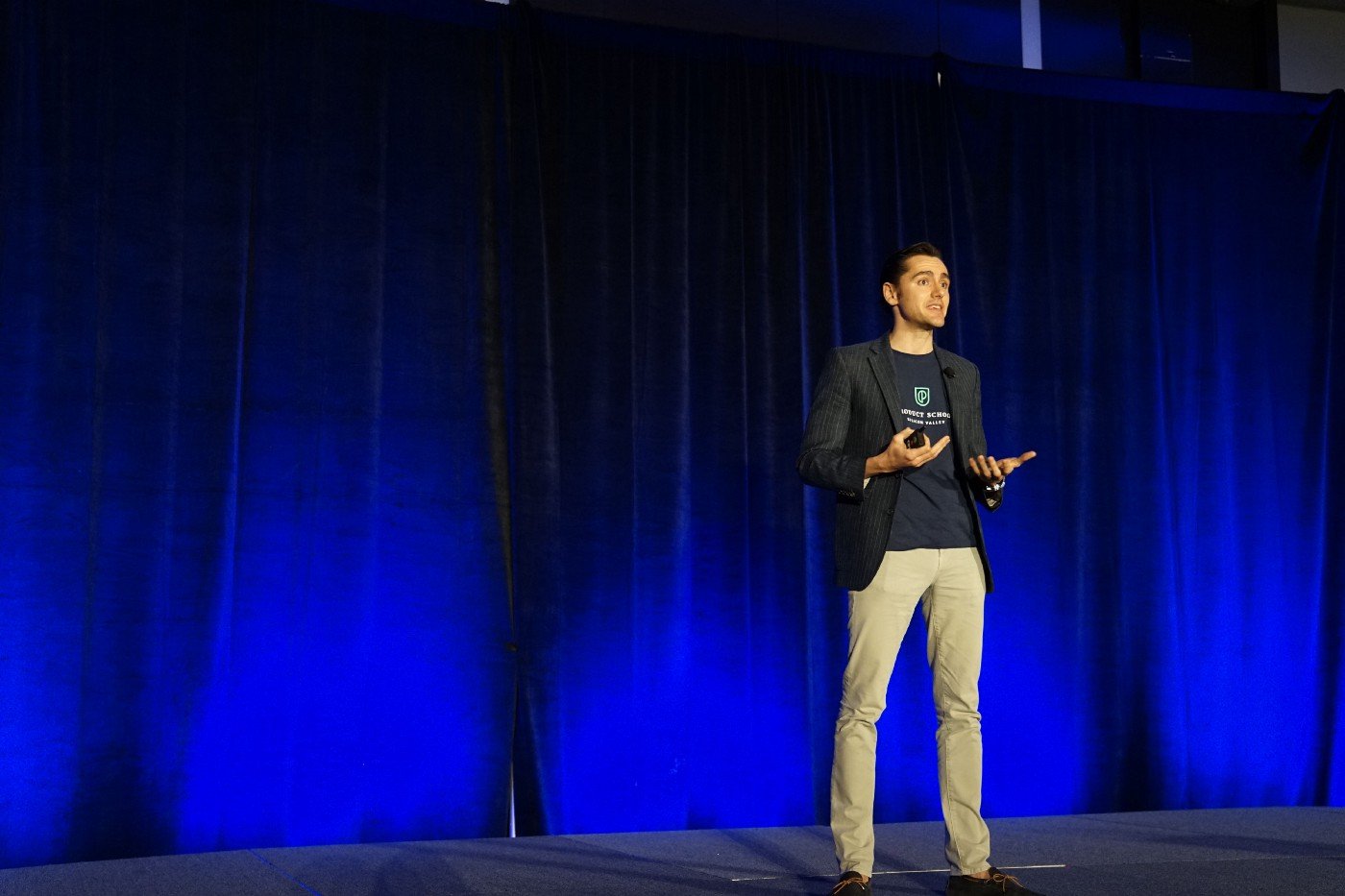
One of the primary roles of UX research is to empower people to keep users at the center of the product and keep work focused and informed. If other teams don’t benefit from your insights, half of their power is gone.
Make sure you share your findings and data with all the teams involved in the project and encourage them to use it. See how your results can impact their work, see if they have questions, and make sure everything is easily accessible offline. People who could not attend your presentation should also benefit from your work.
I always record these presentations if all participants consent, and I share the recording and the materials with the teams. If I do interviews, I share the recordings; if I have surveys, I share the data. However, take care to share data only with the people involved in the project and not on the world wide web for everyone to find — especially interviews.
Are you excited to start doing research and share your findings? I hope so. Either way, here’s a recap of what you need to take into account to help you be more confident next time when you are in the spotlight: